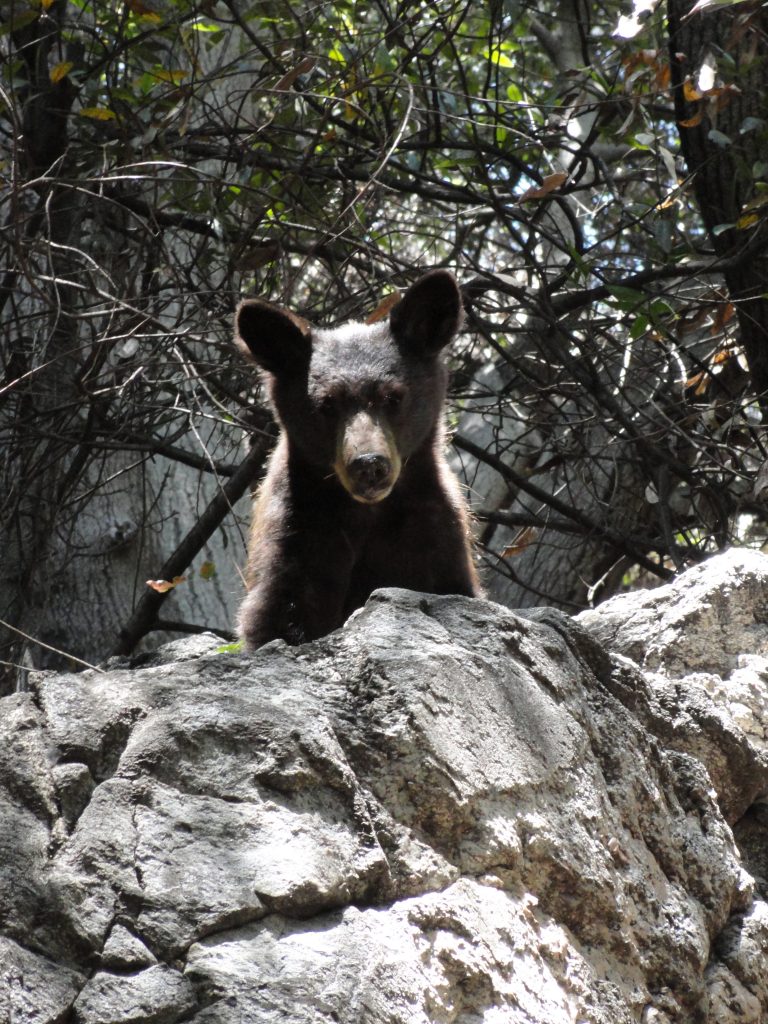
Curious little black bear looks on as repairs are made to the crank telephone phone line.
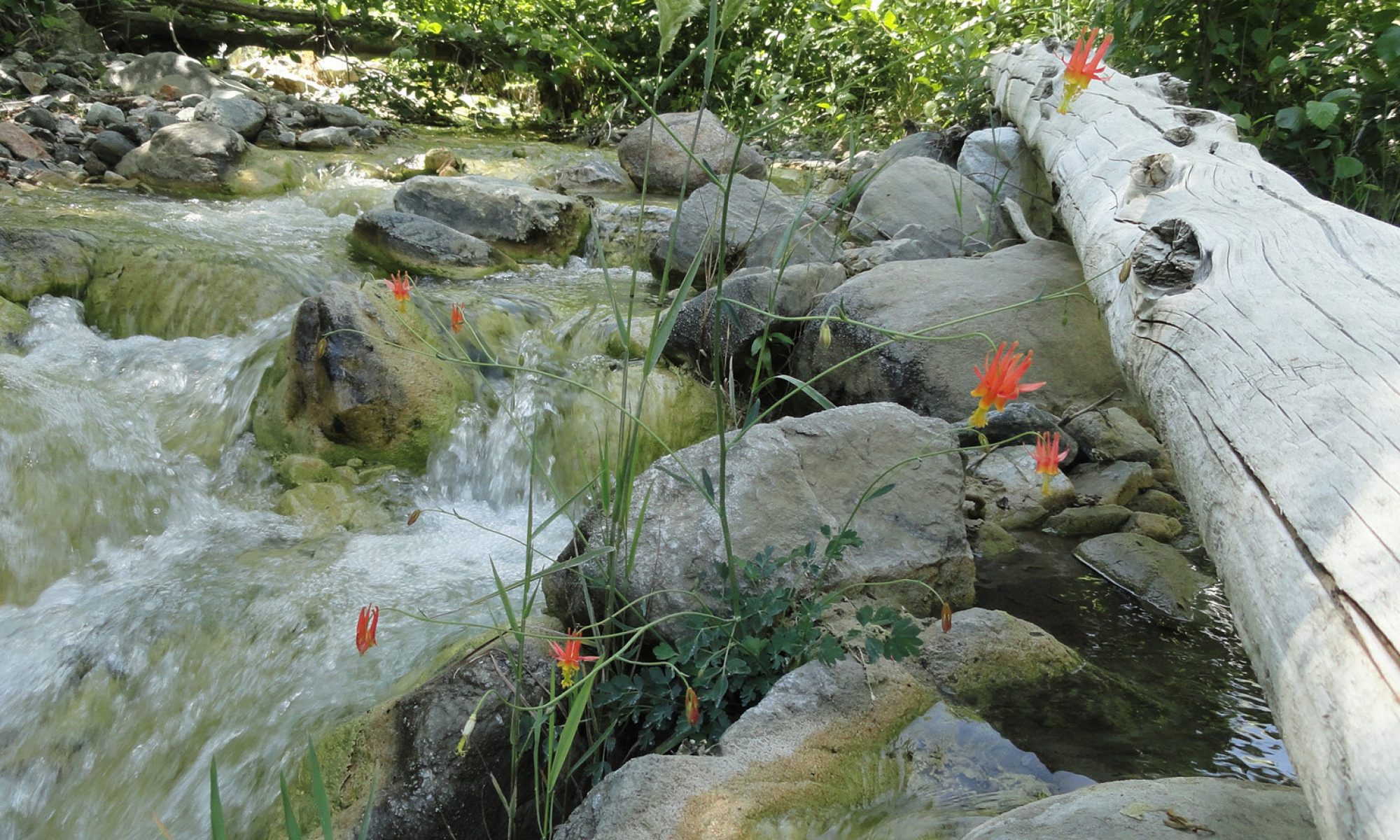
Hand drawn hiking maps of Chantry Flats and Wrightwood

Curious little black bear looks on as repairs are made to the crank telephone phone line.
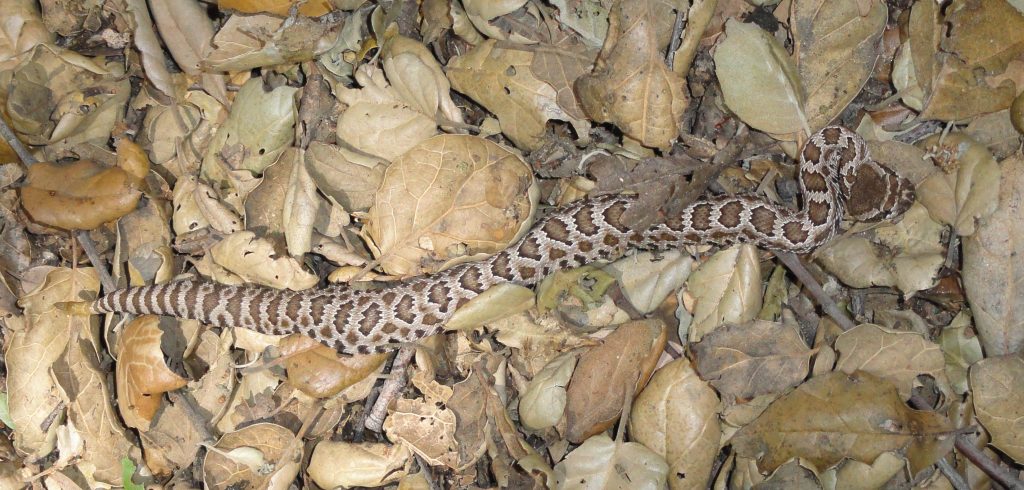
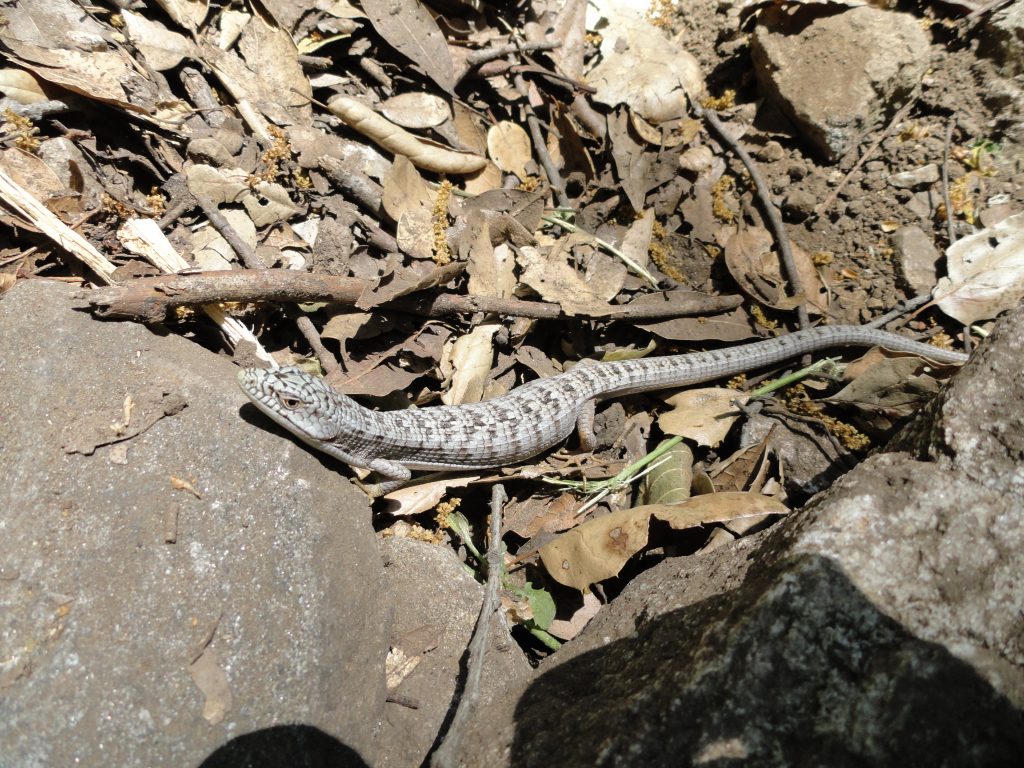
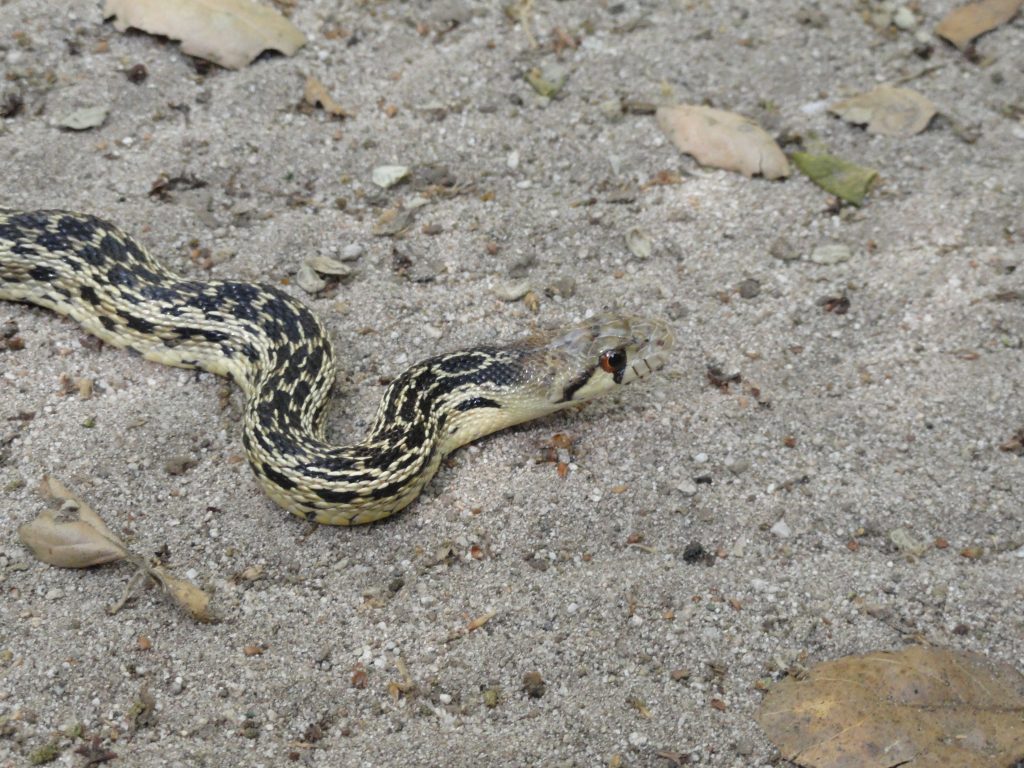
All of the front country of the San Gabriels are warming up, especially here along the Chantry Flats Trails. Days are lengthening, grasses are drying out, stream flows are lessening and the lizards and snakes are on the rise! There’s so much to see. And to smell…. The fragrance of last year’s decaying leaves in the loamy stream bed’s sands is at times pungent or mildly in the back ground of your senses. This “signature” scent is throughout all the deep, steep canyons of our range. Anywhere you’re in the Angeles National Forest, perhaps on a waterfall hike, organic reminders of our earthy platform that all life springs from. White alders are fully leafed out, their canopies swaying lazily back and forth in the breezes of warmer days. Bright greens of leaves and blue sky mingle together above us as the old earth tips more and more northward with the promise of longer days.
At our feet, creatures are wide awake and stirring about. The lack of winter rains has in some way been a catalyst for our Spring season changing to Summer in a few short weeks. Take time to look down at this miracle all around our feet. Snakes and lizards make good use of camouflage to blend in with their native surroundings, so take your time and be still. The top image of the rattlesnake was taken after I almost stepped right on it by accident while alongside a cabin just below Sturtevant Falls. You can see how well it blends in with the fallen oak leaves. The lizard image was taken on the side of a cabin wall near the East Fork of Big Santa Anita Canyon.
These insect eaters are agile climbers on the textured rock surfaces. The bottom image is of a mature gopher snake that has just recently shed its’ skin. These non-venemous snakes are often incorrectly identified as rattlesnakes. Gopher snakes constrict their prey, which consists primarily of mice and other small rodents. While out hiking, stop once in awhile to look and listen to all the small miracles happening all around you. You’ll be glad you did.
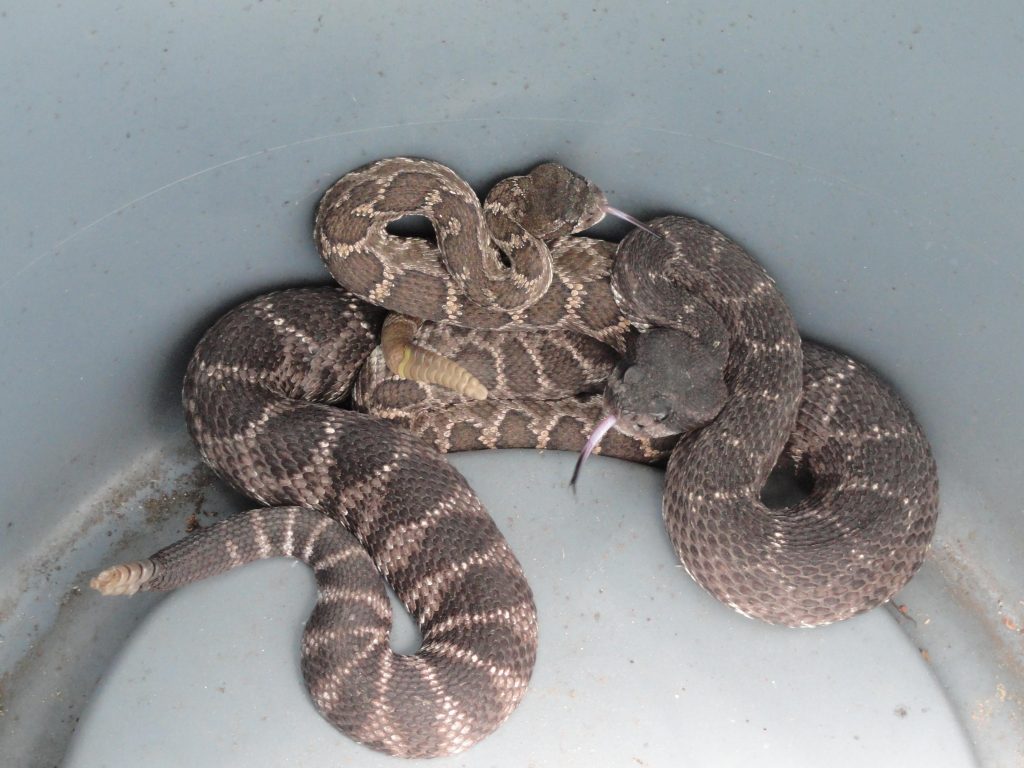
Two Southern Pacific diamondback rattlesnakes await relocation in a Rubbermaid 20 gal. size barrel, just for this purpose.
Always use care when relocating rattlesnakes in Big Santa Anita Canyon. Everything’s blooming right now in the front country of the Angeles National Forest. Hikers make their way up the Gabrielino Trail to the cool, moist beauty of Sturtevant Falls. Colors are vibrant, sweet floral scents waft in the canyon breezes and the streams are as full as they’ll be until next winter’s rains. This last weekend my wife and I were at our little cabin in the Big Santa Anita with all the windows open and the sound of bird song carrying throughout. While raking, Joanie noticed the tail of a mature rattlesnake sliding underneath the low shutter of an enclosure attached to our toolshed. I grabbed my snake stick (garden hoe minus the blade) and relocation barrel (20 gal. Rubbermaid trash can) for the task at hand.
Very carefully, I lifted the shutter to find a very healthy and cautious rattler looking back at me from the shadows. Its’ neck and head were lifted in the manner of a cobra. While prodding the snake with the stick, I mentioned to Joanie the possibility of two being present. Up at Sturtevant Camp, we had once caught two snakes within a short distance of one another on a warm summer day. One large female was in my wife’s flower garden and the other near the Ranger Cabin.
Sure enough, there was another snake! This rattler was more slender and challenging to capture. The larger one was easy to catch. You just have to get her to drape across the metal hook at the end of the wooden handle. Once that’s accomplished, just lift the serpent up and over the wall of the barrel, making sure to gently set down. Next, we added the smaller partner. The two immediately began to snap at one another! Very unlike the behavior of the earlier Sturtevant pairing. The larger, darker and stouter partner would occasionally utter a low and irritated “hiss……” at the other. Suddenly their bodies would slap up hard against each other. Certainly, it was time to release them to the unconfined wilds of the Big Santa Anita Canyon’s East Fork, away from all human habitat.
The snakes continued to rattle inside the barrel which was held snugly up to my back as we hiked up the quiet side canyon. The rattling sounds a bit like a snare drum that never stops. When we reached the spot of disembarking, it was just a matter of carefully removing the lid and turning the barrel on its’ side as sliding snakes made their way down the wall to the earth. Both snakes were worn out and just lay side by side very peacefully. We watched down as warm spring light spilled down on both these fascinating and terribly misunderstood creatures. The larger snake had a crimson dot, perhaps from a nip, on her snout.
So, keep your eyes and ears open for rattlesnakes, especially as the temps rise and the days lengthen. Rattlesnakes, like all snakes, are solitary and reclusive creatures. If you should happen upon one while out on a hike, just give it distance and a way out. Let it live in peaceful solitude. They belong, too, in this vast and varied universe of life.
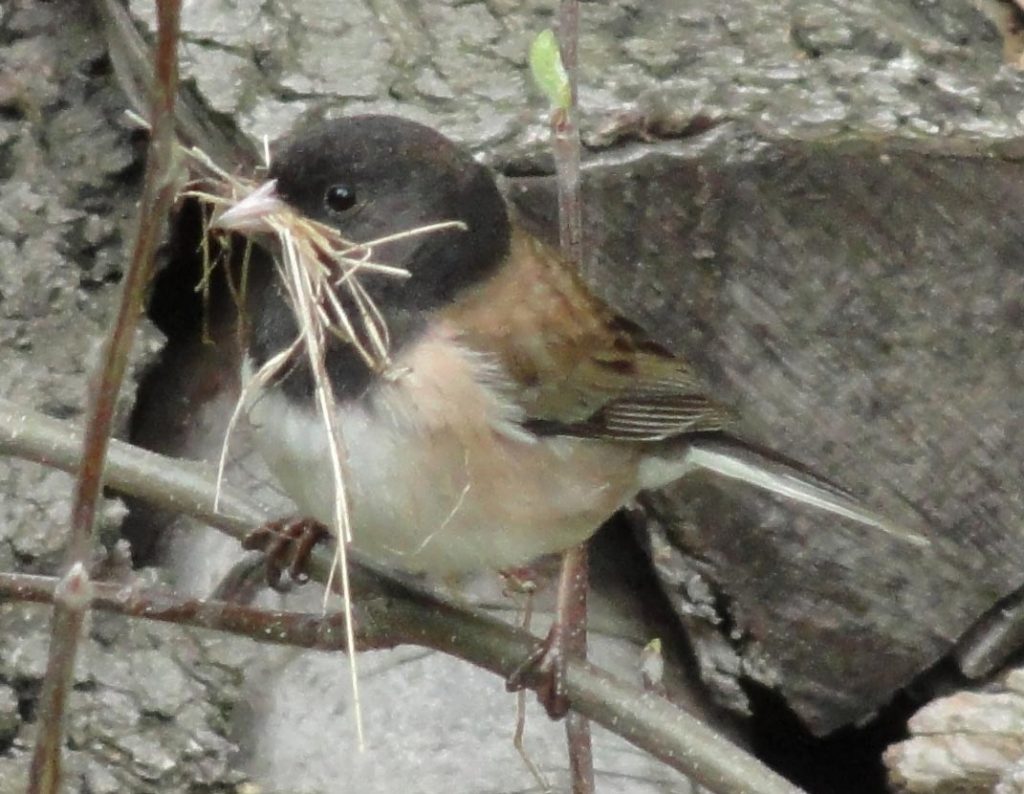
I took this picture of a Dark-eyed Junco a few days ago in the Fern Lodge area. Just a half mile downstream from Sturtevant Falls, this little female was collecting dried grasses for her nest. The Big Santa Anita and Winter Creek canyons are filled with bird song from many species of birds. The habitat where this picture was taken is riparian/woodland, a land of rushing streams, boulders and trees. Perfect for supporting lots of life!
While out hiking this week, check out the newly opening leaves and flowers of the maples along side the stream side trails that radiate out of Chantry Flats. If you’re contemplating hiking up to one of L.A. County’s waterfalls, Sturtevant Falls is at its’ peak flow as of this writing. A new season’s canopy of North America’s largest maple leaves are on their way. In the open spaces of gentle sunlight and shade, look for freshly blossoming baby blue eyes. These delicate, low flowers seem to signify the Easter season in the front country of the San Gabriel mountains.
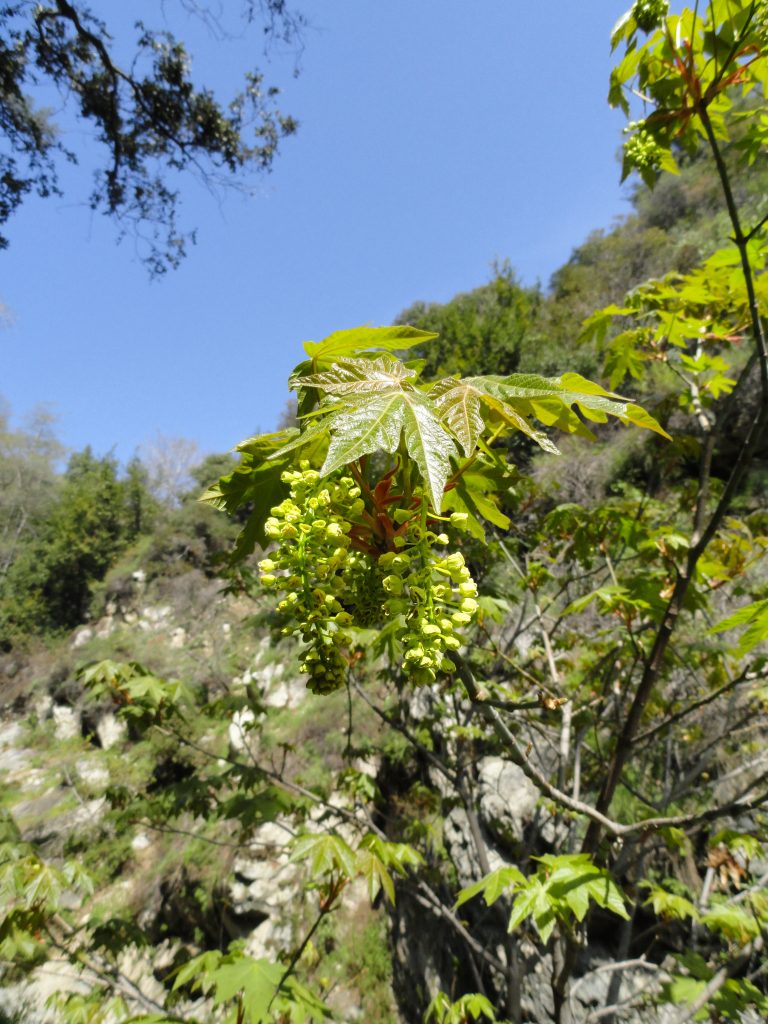
Maples (Acer macrophyllum), in particular, grace both the Winter Creek and Big Santa Anita Canyons.
The spans of their canopies can be vast, supported by large arching limbs. Limbs covered with emerald green mosses that come alive after rain storms. Our maples have at times been referred to as “water maples,” especially back during the Great Hiking Era. Charles Francis Saunders, in his classic “The Southern Sierra,” written back in the 1920′s describes these elegant trees in this manner. The times change, yet the plants and their capacity to evoke mood in us does not. Maples and alders, together, create a mixed green canopy to shelter the canyon bottoms from the severe sunny heat of summer days. The light under maples can take on a thick, translucent green / gold magic on late summer afternoons. In the fall, their yellow and gold leaves seem to radiate their own light against the grays and dark greens of deep canyons. In the summer time, when their sap runs, look for the dark and moist liquid seeping through openings in the bark and depositing in pockets at the base of some of the more mature trees. Wikipedia makes mention that maple syrup can be created by our species here in the San Gabriel mountains. Its’, flavor differing a bit from the traditional maple species of the northeastern U.S. I have known no one who has actually cooked down the sap from these lovely trees and made it into syrup. It takes approximately 35 gallons of sap to make one gallon of finished product! When Joanie & I used to run Sturtevant’s Camp, we’d notice that the mules would nibble at the bark of the maples in the corral area while waiting for their return run back to Chantry Flats. The fallen leaves were also a delicacy to our long-eared friends.
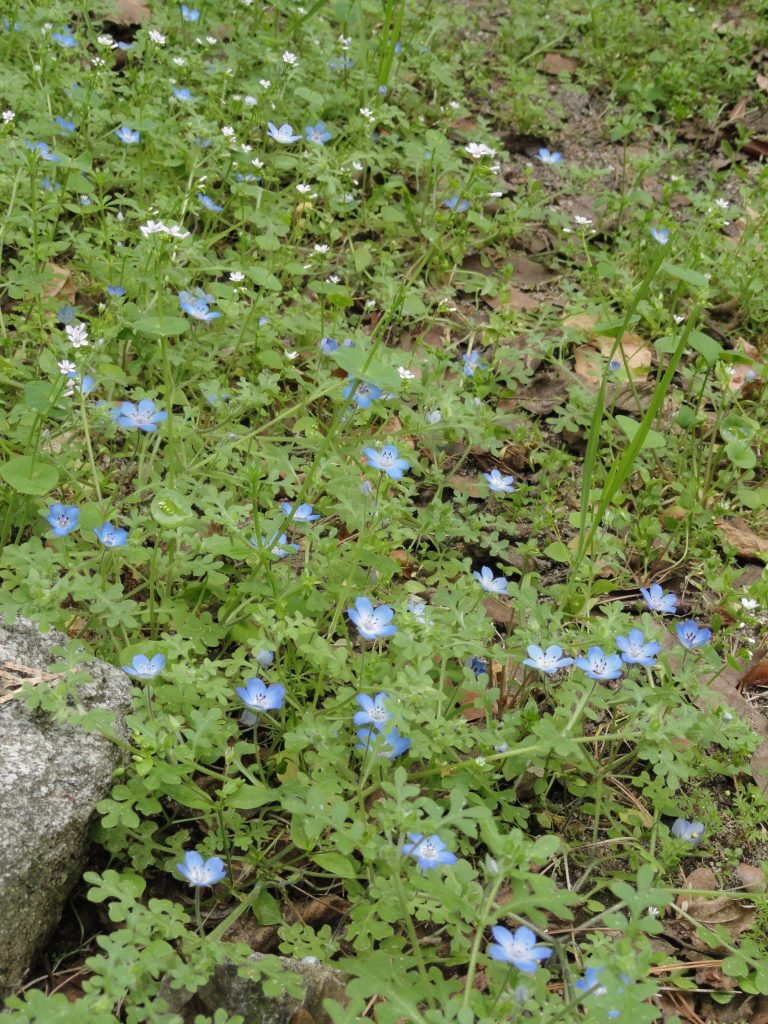
Baby blue eyes (Nemophila menziesii) are beginning to poke their little heads up through glades of miners’ lettuce and chick weed. They’re visible along many places on the trail between Chantry Flats and Sturtevant’s Camp. Of course, if you go up to Newcomb Pass, you’ll see them along the slopes taking in the mild spring sunshine. They add the most beautiful dots of blue amongst the backgrounds of entangled greenery. These delicate little flowers will blossom up through May and can sometimes be seen as late as June in protected, semi-shade along canyon bottoms.
This is a short story about hiking the abandoned Burma Road of Chantry Flats. You can see the route of this old road on the Chantry Flat – Mt. Wilson Trails Map, available on this website, or at the Adams Pack Station General Store next to the Chantry Picnic Area. This old road was once the carved out thoroughfare of cement mixers, bulldozers, skip loaders, cranes and more during the construction era of the check dams upstream from Sturtevant Falls. Today it rests quietly , slowly being reclaimed by the mountains.
It was warm and mild out on the front porch of the cabin. A gentle breeze woke up the chimes hanging from the eve. The ringing was calm and faint. I set down my book, relaxed and yawning in the bright February sunshine. What to do? Maybe take a nap if I didn’t start moving or perhaps, hike up to the prominent switchback of the long-abandoned Burma Road. Only a mile and a half in from Chantry Flats, one can suddenly transport one’s self into a chaparral-clad wilderness of upward climbing.
So, I’m doing this crawl up a gully between two of our neighbors’ cabins. At first, like everything we don’t know the whole story of, it’s really easy. Lush, green grasses blow lazily about my boots as I plod upward. Shaded by blossoming bay trees, the air is sweetened by thousands of the tiny yellow flowers. Large and stately canyon live oaks begin to make their presence as I climb further and further from the Big Santa Anita Creek. The slope’s steepness increases and I’m constantly stopping and kicking into the moist, sandy slope. The one thing that I packed, the one thing that I’d really need for this trip was a pair of smallish pruners, or loppers, for cutting through brush. These became indispensable as my route began to be impinged upon by dense, dry tangles of brush. Several times, even the little folding pack saw came out for branches that were over a couple of inches in diameter. So, my pattern was often moving up the mountain gully a few paces, clipping and sawing, then pushing through the tiny opening to step up a few more paces…… I was soon high enough to see Mt. Harvard out across the Winter Creek Canyon. Chamise and buckbrush began to make their presence. This was the really hard going. Soon I was wading hip deep in black sage, which left its’ signature scent in all my clothing. Clutching at little twiggy limbs, I pulled myself up the final pitch to the old Burma Road and a fragrant, blossoming patch of rosemary.
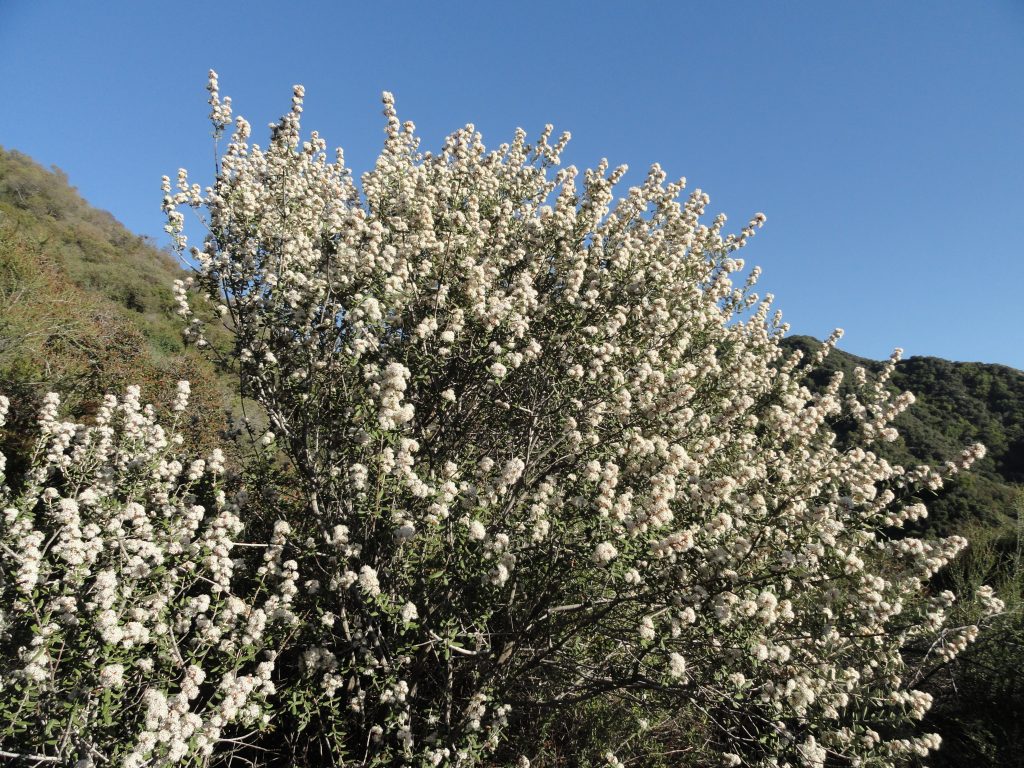
Hoary Leaf Ceanothus
This same spot was visited by Richard Loe and I last spring. However, we had walked and climbed up the decaying switchbacks of the old road near Sturtevant Falls. That day we ran into three stout, black rattlesnakes gliding through piles of white rocks – all within a couple of minutes! This time, I was a good month earlier in the season, so rattlesnakes were the last thing on my mind. From the end of this switchback, I could make out the Pacific Ocean, while Catalina Island appeared to float on the hazy scene. After drinking a little water and shaking the chaparral fragments out of my clothes, the thought of how to return slowly made its’ way in. It was a sparkling, dazzling clear day. All courtesy of the mild Santa Ana winds. The startling clarity of vistas and the mild temps make Southern California’s mountains a paradise. I just wanted to stay out in it and make the day last. One thing for sure, the route back down the gully was doable, yet not what I really wanted to do. I looked across and down to Sturtevant Falls emerging out a gash in the white cliffs from my unique vantage point. It was decided, continue up the abandoned Burma to the where it enters the North Fork and then back down to the Upper Falls Trail. This would be a great way to make a loop out of my trip.
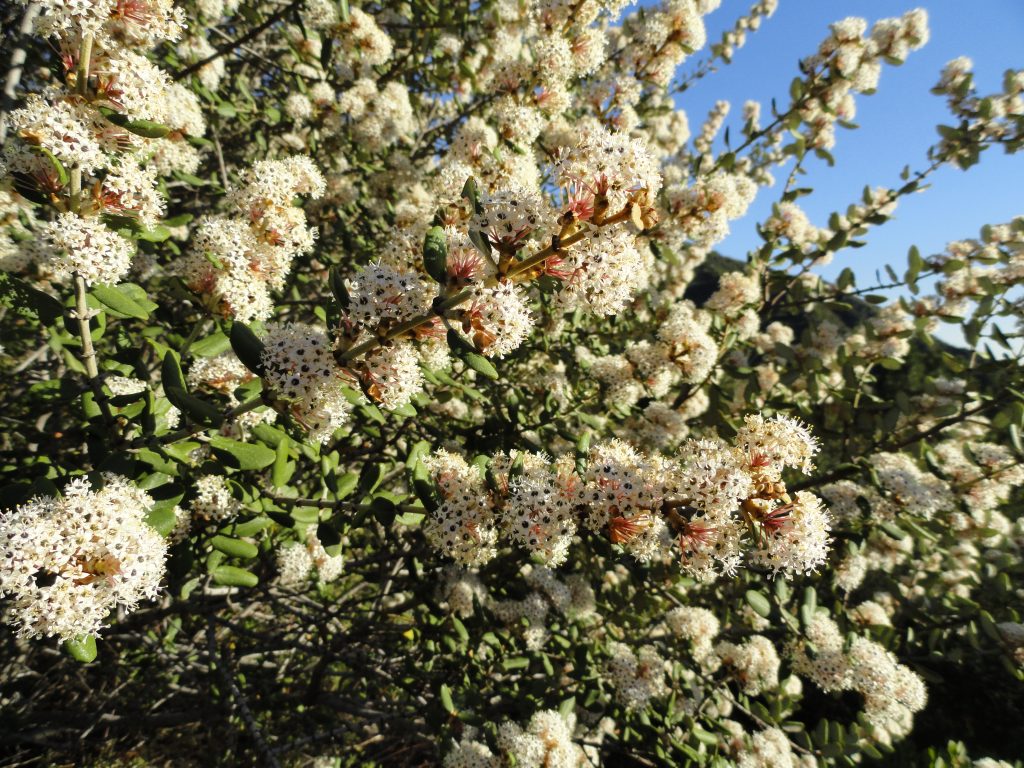
Close-up of blossoms, Hoary Leaf Ceanothus
There’s brush all over the Burma Road. In case you’re wondering what this road was all about, you can read a blog I wrote earlier on about the building of the check dams. Entitled, “How Did All These Dams Get Here?” The abandoned Burma Road shows up on the Big Santa Anita Canyon Trails Map. On I hiked, weaving through sumac, sage, yuccas, non-native pines and eucalyptus (planted by the Forest Service), manzanita and more. At one point I got mixed up and wandered off on some kind of spur road that must have dead ended. However, before that was figured out, the sumac was chest high and the beating through the brush had become relentless. There was a beautiful scene that just had to be photographed. It was a hoary leaf ceanothus (Ceanothus crassifolius) also more commonly referred to as buckbrush or wild lilac. One of the great things about the hoary leaf variety is that there are no thorns to be reckoned with! This shrub blooms usually from January through April and emits a sweet, sugary fragrance from its’ myriad tiny flowers along the branchlets. Right now, you can see lots of this beautiful plant blossoming on the slopes across the canyon from Chantry Flats. Not long after this, I was once, again, wading through the brush when I heard a dull, flat hiss coming from the ground near my left boot. It couldn’t be…. I looked down and saw an irregular opening in a boulder lodged in the ground. Perhaps a brother or sister of the Crotalus genus had been startled by my careless wandering… Time to back straight out and look for where the road really ran. It had been since 1977 or 78 when Howard Casebolt and I followed this same section of the road, so now it all seemed so new and fresh! Fortunately, I found where the road made a sharp hairpin and was soon on the right track. There were road cuts that were so deep (25-30 feet high) and narrow that the road was cool and damp. Gooseberry bushes even liked these spots. Dark green, plump grasses lay down in these dark, secret places. Eventually, I walked and scrambled along the road’s remains in the area I call the “Great White Scar,” visible not only from Chantry Flats, but much of the San Gabriel Valley below when you look up the mouth of the Big Santa Anita. Although the sun was nearly over the ridge by now, heat radiated out from the plane surfaces of jagged, white rocks. Thoughts of large, anxiety-ridden serpents occasionally filled my mind as I continued to hop from rock to rock and beating back more brush. Eventually I made my way to the large pine flat just above the North Fork confluence near cabin #94. Whew! The one thing I didn’t bring and began to wish I had, was a flashlight. Soon I was scrambling down the side canyon to the Upper Falls Trail in the gray and failing light in the canyon bottom. Arriving at the cabin, I chuckled to myself just how pivotal one’s decision to take a nap or go for a “little” hike can be.
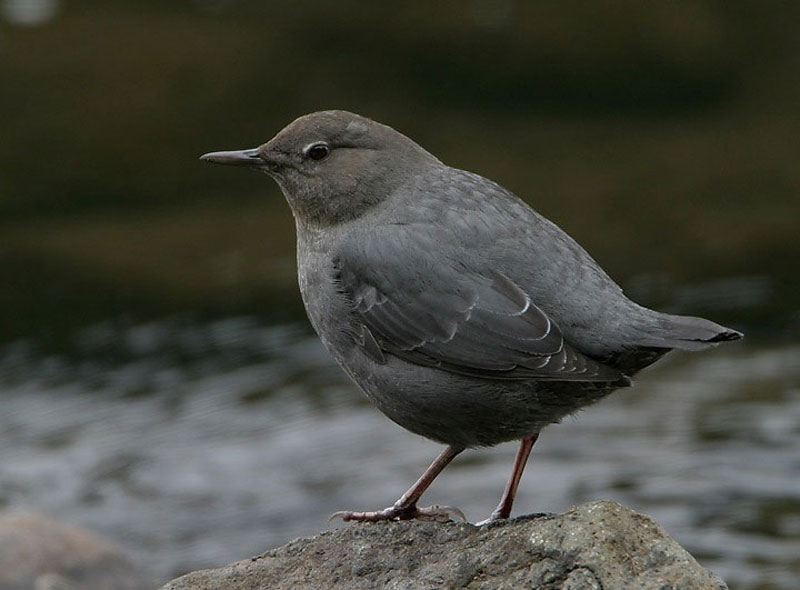 As you wander along the banks of the Big Santa Anita or perhaps its’ tributary canyon the Winter Creek, watch for the water-loving dippers. Known as American Dippers or Water Ouzels (Cinclus mexicanus), these small birds hop from rock to rock and true to their name, dip their heads and bodies down into the rushing stream in search of food. The Dipper does this squatting dance, bobbing its’ body up and down, up and down, before flying off low over the water. If you’re lucky enough to watch one swim, you’ll notice how similar these enchanting creatures are to ducks. Sometimes they’ll thrust their head down into the current, other times they’ll dive
As you wander along the banks of the Big Santa Anita or perhaps its’ tributary canyon the Winter Creek, watch for the water-loving dippers. Known as American Dippers or Water Ouzels (Cinclus mexicanus), these small birds hop from rock to rock and true to their name, dip their heads and bodies down into the rushing stream in search of food. The Dipper does this squatting dance, bobbing its’ body up and down, up and down, before flying off low over the water. If you’re lucky enough to watch one swim, you’ll notice how similar these enchanting creatures are to ducks. Sometimes they’ll thrust their head down into the current, other times they’ll dive down completely vanishing into pools and small rapids.
down completely vanishing into pools and small rapids.
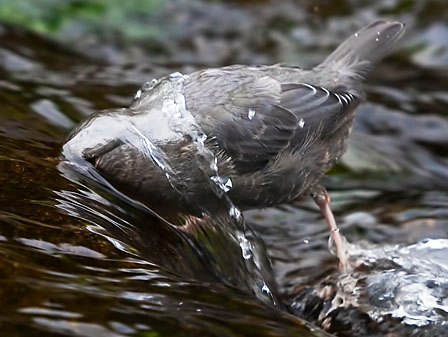
Dippers have an extra eyelid to help with seeing underwater, much like having built-in goggles! Their food, at least in the Big Santa Anita creek, consists of dragonfly nymphs and caddisfly larvae. To help stay warm, these birds secrete oil, helping to keep their feathers and skin glossy and water repellant.Listen for their song as you hike along. It sounds like a high pitched whistling or trill, repeated over and over. Photos and drawn diagram courtesy of Bing Images. 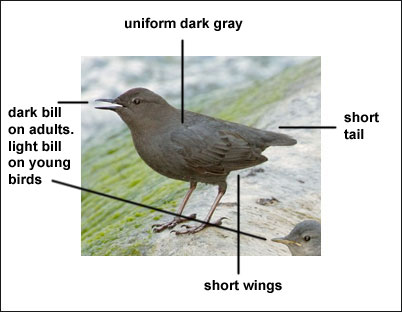
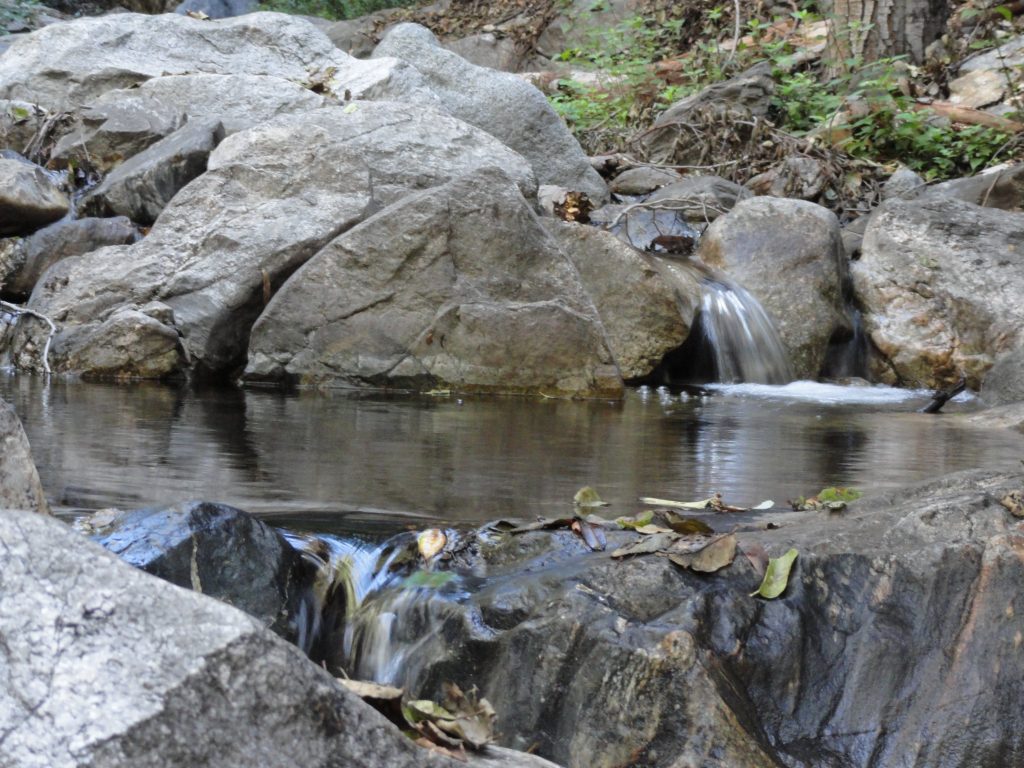
A series of recent rain storms, albeit gentle ones, are helping to bring the Big Santa Anita Canyon and Winter Creeks back up a bit. As of mid-January, we still haven’t seen any big storm systems hit the San Gabriels. Generally, a larger storm for the Chantry Flats area and most of the front-country, would be anywhere from 6 to 12 inches of rain…. or more. Back when I worked at Sturtevant’s Camp, there was an old L.A. County Flood Control rain gauge out at the heliport. It was a great spot for getting accurate reads of storms since there were no overhanging branches from the dense trees to throw off the true amount of water coming down from the sky. I had a chance to record 20 years of rainfall totals, and it was interesting to say the least!
The driest years were in the neighborhood of 11 (2002)to 20 inches total at Sturtevant Camp’s 3,200′ elevation. The wettest ones broke the 90 inch mark (2004-2005). Average years tended to be somewhere between 40 to 55 inches of accumulation. The snow level in the Big Santa Anita and Winter Creek Canyons tends to around 4,000′ up. So, at Sturtevant’s, while snow did occasionally fall, mostly what I experienced was cold, hard rain. It’s rain and snow, percolating down through the fractured and porous aquifer, that sustains our year-round stream. Although many side canyons only flow seasonally, the Big Santa Anita and Winter Creek flow throughout the driest of years. The watershed below Mt. Wilson is made up of myriads of steep, twisting canyons and all aspects of slope. This steep and tumbling country, heavily wooded, has an extensive surface area that can collect moisture and store it for years. A number of Angeles Forest trail maps that depict the routes up and around Mt. Wilson are available online, at outdoor retailers and the Adams Pack Station. It’s a good time to get out and explore this beautiful mountain.
Hopefully, some big storms are on their way! We’ll be glad this coming summer if it’s to be…
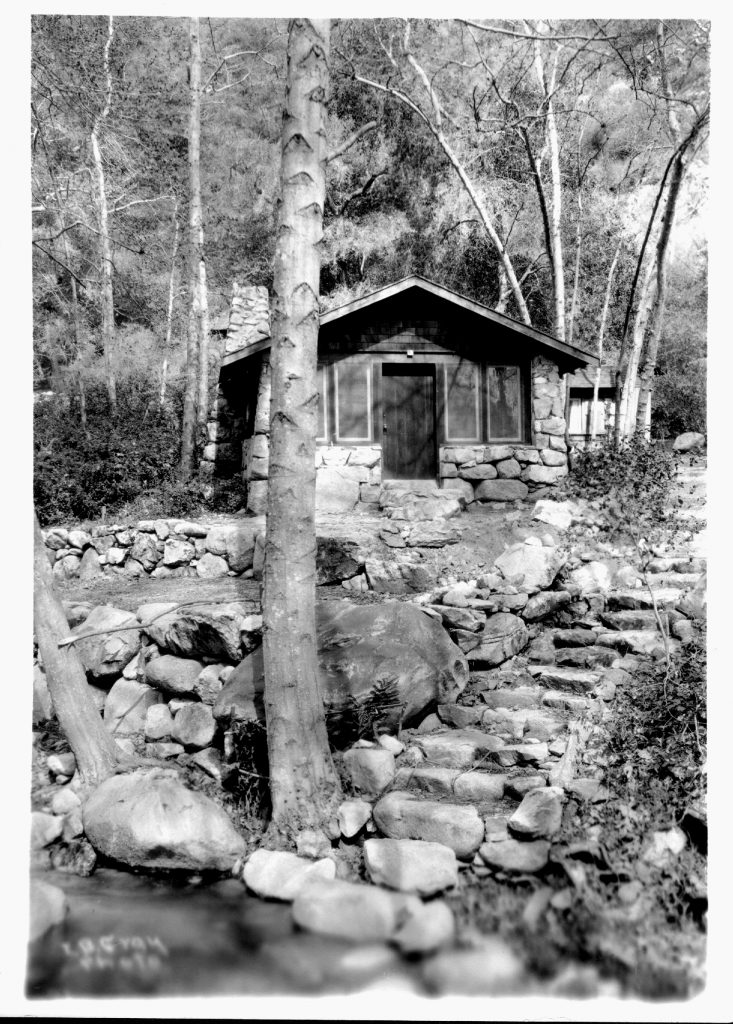
It’s Winter Solstice, today, December 21st. Joanie & I are hiking into the cabin today. The sun will go over the south ridge by 2:45 p.m. or so. Then the flat and diminishing twilight until the first twinkling stars appear. Sound of tumbling stream and chirping canyon wrens abound. The leaves have mostly fallen from the alders that huddle along the Big Santa Anita. Look up and see the fine, lacy branchlets that radiate out from the white-gray trunks.
As we approach Christmas and the day light is brief, I find this poem written long ago. Consider this:
“Old friends, dear friends,
As years go on and heads get gray
How fast the guests will go
Touch hands with those who stay.
Strong hands to weak, old hands to young
Around the Christmas board
Touch hands, touch hands.
The false, forget. The foe, forgive.
For every guest will go and every fire burn low
And cabins, empty, stand.
Forget. Forgive.
For who may say that Christmas Day
May ever come to host our guests again.
Touch hands. Touch hands.”
— W. H. H. Murray, December 25, 1897
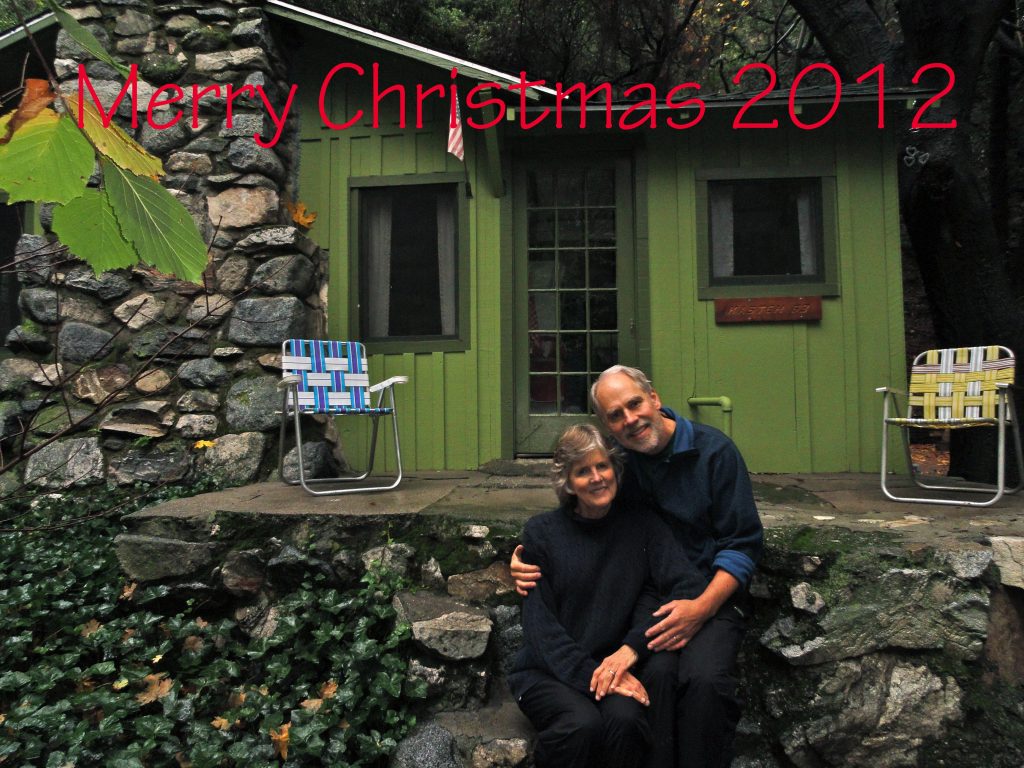
Take some peaceful time this Advent Season for yourself or with a close friend and hike up the Winter Creek, the Big Santa Anita, Manzanita Ridge, the Rim Trail to Mount Wilson, or out into the West Fork. It’s all good.
“Rather the flying bird, leaving no trace, than the going beast marking the earth.”
– Fernando Pessoa
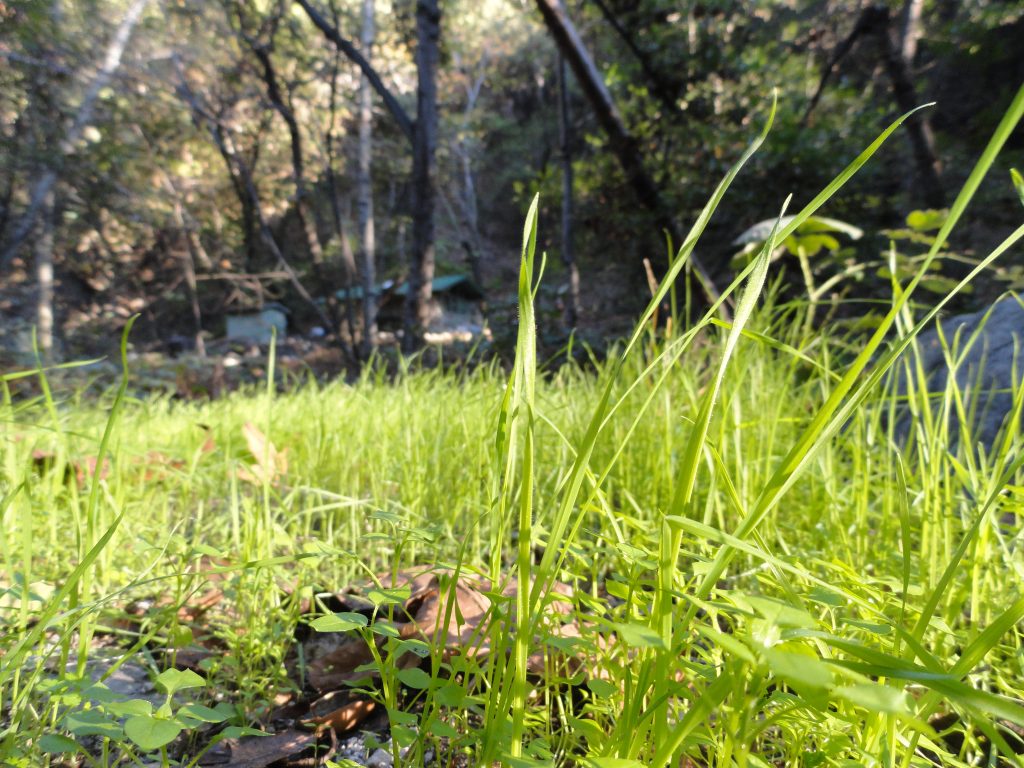
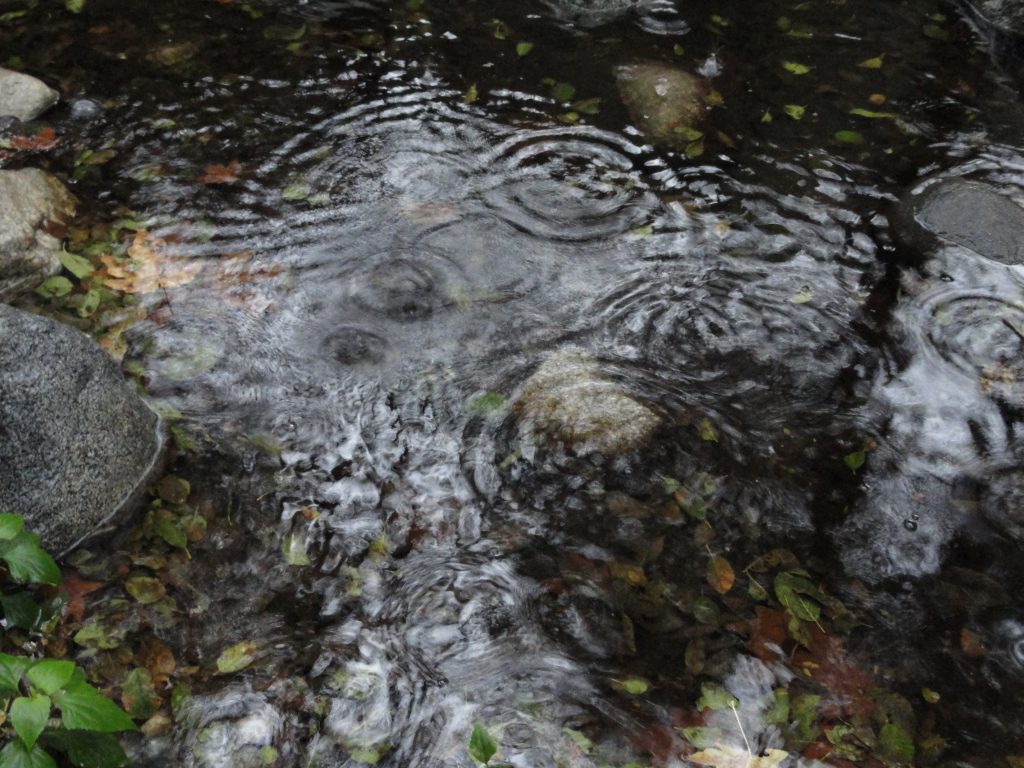
I am only hiking through these Santa Anita Canyon Trails. Watery, green and dusky in slowly fading light. My energy is concentric and light, gently touching all that is around. Yours is also reaching all around that place known as here and now. Bounce, yeah’ that’s it! Your circle touches mine and then they vanish. Maybe, just maybe…. it’s all circle energy bumping up against other circles… endlessly. Let our circles gently merge this day, this day which will never quite be the same ever, again.
The circle of the sun sends it’s warmth and visible light to our roundish earth, turning and turning in the circles of days. Our time in the canyons, that sacred time, albeit brief – comes back to us in circles of memories that connect us to this earth – our only home. Today I’ll feel this place, this place within and this place without. The two merge and are no longer two. The illusion of the you and I, that and this, then and now blending to one whole. The daylight grows shorter, just a bit, each day as we approach winter solstice. May the light and darkness help me to find my way home.